The next generation
Chapter 5
The next generation
Whakatupuranga 2050 is a blueprint for development of Waikato and investing in the future of marae, whaanau and hapuu.
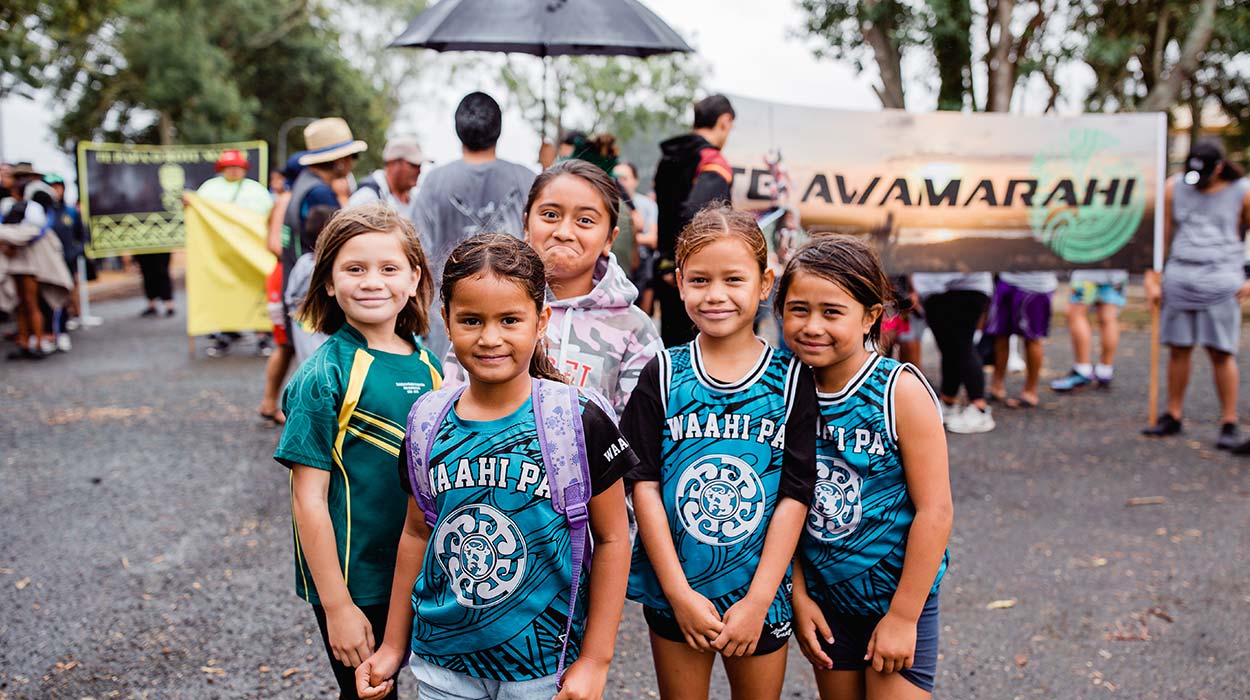
COVID-19 tests tribes influence
The global pandemic COVID-19 has been a litmus test for Waikato.
But this also provided an extraordinary opportunity to assess leadership and resources, 25 years after our Treaty settlement.
Kiingi Tuuheitia Pootatau Te Wherowhero VII began by calling on our tribal services to collaborate and support vulnerable tribal members throughout the greater Waikato region.
Kiingi Tuuhetia, who celebrated his 65th birthday during isolation, embraced new video technology joining weekly karakia of the Pai Maarire faith online and posting video encouraging whaanau to take care of their kaumaatua and rangatahi to obey lockdown restrictions.
He also coined a new tongi to guide iwi leaders and the tribal members as restrictions reduced to Alert Level 2 on 14 May:
E paru ngoo ringa kia tipu ngaa hua.
Through hard work we shall succeed.
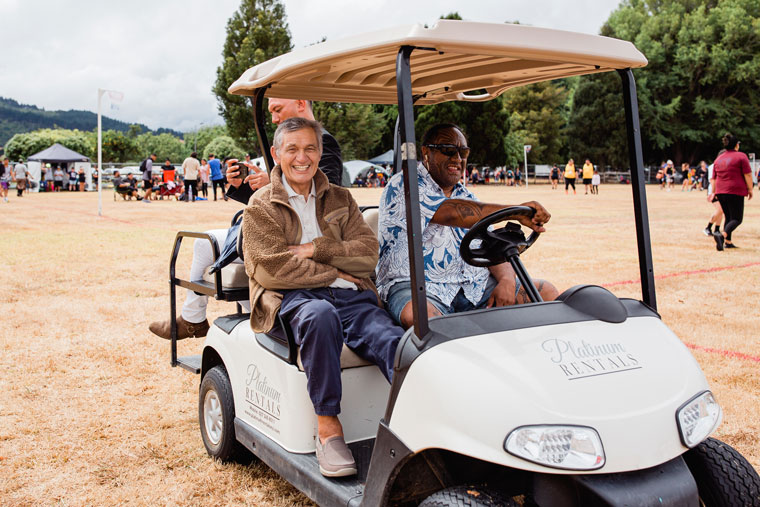
A lot of hard work has been carried out.
Waikato-Tainui Chief Executive Officer Donna Flavell is proud of the combined efforts of the entities and kaimahi during the pandemic.
“The messaging from King to our whaanau, our karakia and right through to those tangible things of the welfare packages and support, literally saved the lives of some of our people,” Donna said.
The Waikato-Tainui Lands Trust is the tribe’s social arm and implements objectives set by Te Whakakitenga (the tribe’s parliament) and Te Arataura (the tribe’s executive).
A triage of support was adopted during COVID-19 called IPU, to keep tribal members ‘Informed, Prepared and Uplifted’.
Information came through key video messages by Kiingi Tuuheitia, the chair of Te Arataura Rukumoana Schaafhausen and the tribe’s negotiator for outstanding raupatu claims Rahui Papa.
The tribe also prepared for the impact of the global pandemic.
A free Tainui phone service provided advice and co-ordinated a roll-out of food parcels from warehouses at Hopuhopu to marae, then on to kaumatua and whaanau in need.
Waikato-Tainui worked with District Health Boards and Maaori Health Providers to arrange free flu vaccines prior to winter.
And a suite of social media videos was created by the Waikato-Tainui communications team and shared to uplift the spirits of the iwi.
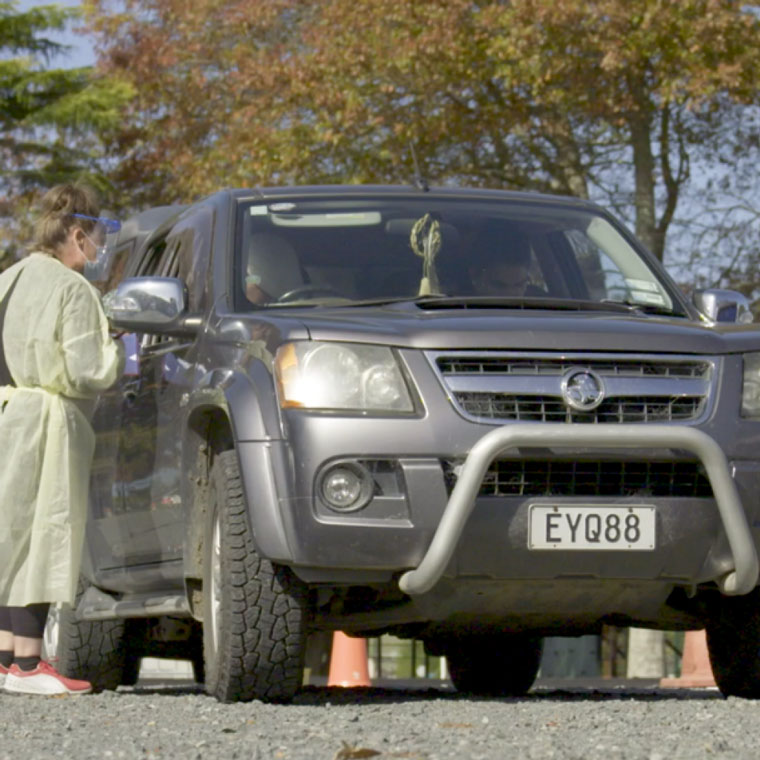
Nga Miro Health Centre at Tuurangawaewae marae was a hub for Ngaaruaawahia delivering flu vaccinations and delivering parcels of kai and essentials to the community.
They were inspired by the work of Te Puea Herangi during a similar event.
In 1918 the influenza epidemic hit the north Waikato at Mangataawhiri with devastating effect. Almost a quarter of its people perished. Te Puea gathered up 100 orphaned children and the remaining whaanau, transporting them by barge to what would become Tuurangawaewae marae.
A 100 years ago this happened and here we are now and so we are only carrying on her legacy and making sure her people live forever no matter whatWynae Tukere says.It’s part and parcel of the Kiingitanga way and who we are.
Tuurangawaewae marae kaumatua Pokaia Nepia, who received parcels during isolation, paid tribute to the iwi.
“It’s awesome, and especially for those whanau who can no longer work and afford to buy their kai. He whakaaro rangatira.”
No tribal members died of COVID-19 during the lockdown despite the vulnerability of Maaori in past epidemics.
Maaori died at a rate more than eight times that of non-Maaori in the 1918 influenza pandemic.
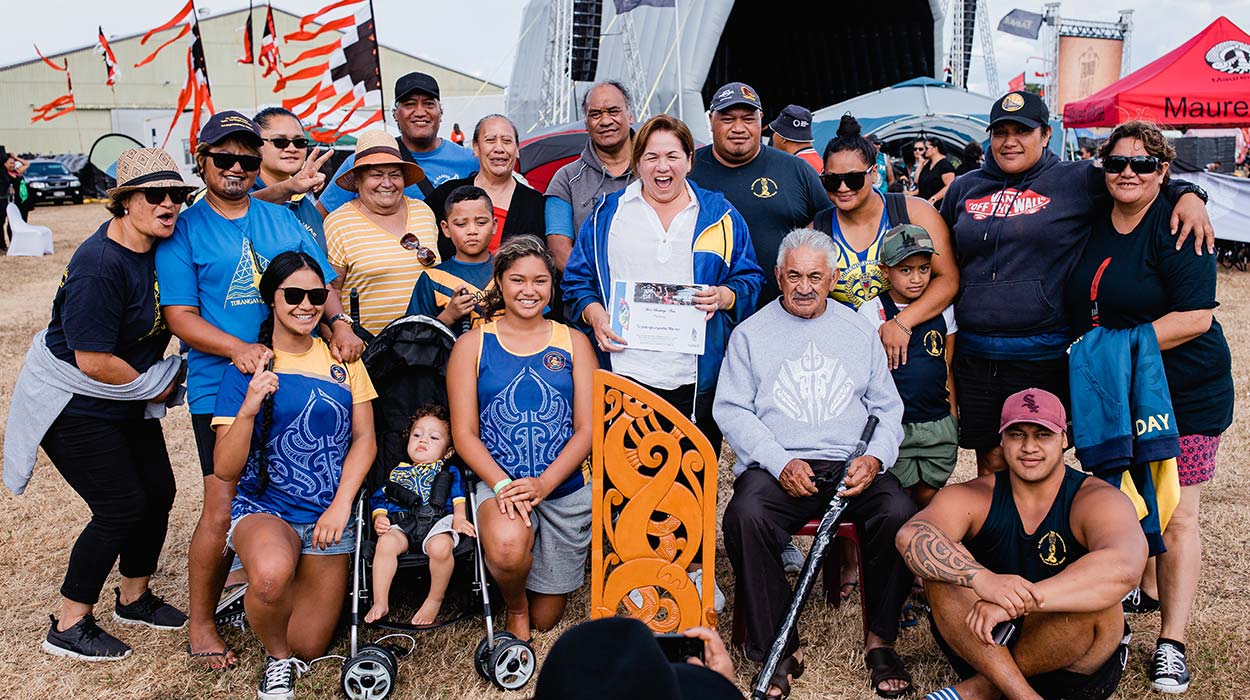
Committed to the Kiingitanga
Creating a thriving self-sufficient people who are committed to the Kiingitanga is the vision for Waikato.
Our blueprint for development is called Whakatupuranga 2050 and focuses on being the masters of our destiny through investment in marae, whaanau and hapu.
Donna Flavell believes COVID-19 has clarified what’s important – increasing capacity and sustainability of whaanau and marae.
“Creating a dependency model doesn’t work for anybody, so how do we change that flip that on its head? How do we provide the right support systems to our whaanau, to lead and determine what’s right for them?”
There’s been no lack of effort by the trust.
It ran homeownership workshops and financial literacy courses for more than 1200 people. Fifty brand new homes in Hamilton East were built for purchase by tribal members at Te Kaarearea, a residential project established by it with Tainui Group Holdings and the Housing New Zealand Corporation. Other housing projects are also in the pipeline.
In 2019 the trust arranged apprenticeships for more than 60 tribal members and placed 214 tribal members in jobs. Grants were also made for medical treatment, kaumaatua, environmental programmes and education.
Communications and engagement is also a key area of its work.
Now the aim is to help the 68 marae, 33 hapu and 76,000 members of Waikato-Tainui realise their ambitions.
“That’s the challenge in front of us," said Donna. “How do we create a system where the wealth is not just in the centre of us as an organisation but…creating wealth at a marae level and they are self-sufficient.”
Te Whakakitenga chair, Parekawhia McLean, says the vision for the next 30 years is of a culturally connected and committed people.
“When I think of Whakatupuranga 2050 I think about the outcome what is that we want to see in our tribal members and so it’s very clear what that is. I’m committed to the Kiingitanga, fluent in te reo Maaori, strong in my tikanga, environmentally conscious, well educated, healthy and so on,”
“Some of those aspirations can apply to any other iwi across the motu. What is very different though for Waikato-Tainui is our kaitiakitanga role, and stewardship role we have towards the Kiingitanga so that does distinguish us.”
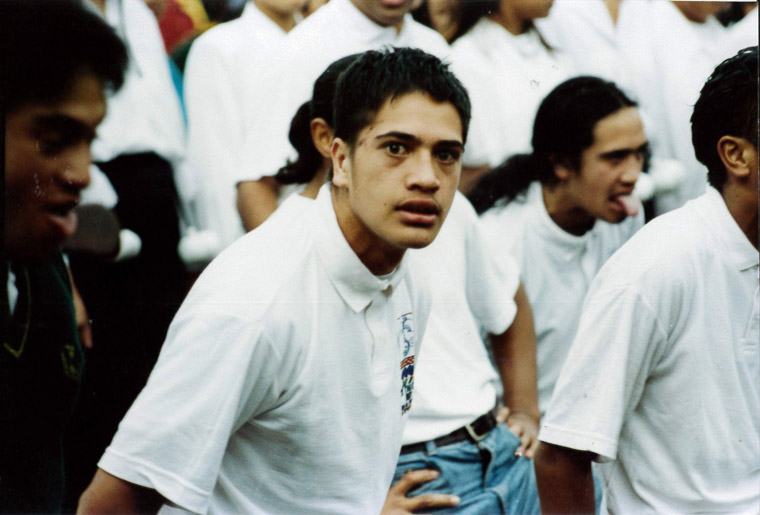
Huntly’s Ora Kihi, a school teacher at Te Wharekura o Raakaumangamanga, embodies this vision.
He was raised in the values of the Kiingitanga by his parents and grandparents. As a student at the kura in 1995, he performed with the Taniwharau kapa haka at the signing of the Waikato Raupatu settlement and vividly recalls Te Arikinui Dame Te Atairangikaahu and Sir Robert Te Kotahi Mahuta signing of the deed of settlement.
“As I look back on it now I feel really fortunate to be a part of that and to actually tell the story and as a teacher at Te Wharekura o Raakaumangamanga to see ngaa hua and the fruits that have come from that.”
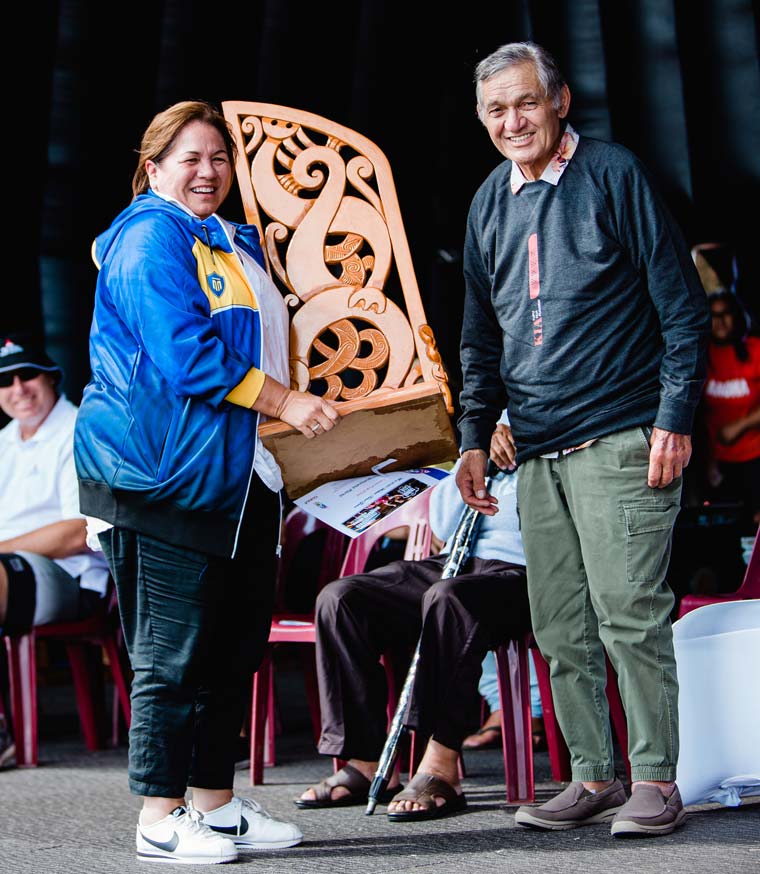
In February, the Tainui Games attracted thousands of tribal members representing their marae in competitive events.
Muruwhenua Muru captained the Nga Tai e Rua marae mixed touch team which made it to the finals, notching 5 out of 5 wins in the preliminary round. Muruwhenua said representing his whaanau and marae was important to him.
“My goal is to show my tamariki the way, to come back to the marae and come and do the ringawera job and do anything to keep the marae strong.”
Twenty-five years after the signing of the first modern-day Treaty of Waitangi settlement, is an opportunity to reflect on Waikato’s achievements.
The negotiating principle for the claim was, “I riro whenua atu, me hoki whenua mai, ko te moni hei utu moo te hara.” Those who drove the claim knew the cultural and commercial value of land and aimed to increase the tribal estate with each generation.
However the relativity clause, brokered by Sir Robert Mahuta in 1995, was the masterstroke of the settlement.
This future-proofed our settlement by ensuring that every five years the Crown maintains the proportion of the Waikato-Tainui settlement at 17% of all Treaty of Waitangi settlements, up to the year 2045. To date an additional $290 million has been paid to the tribe, funds that are earmarked for future generations.
By growing settlement land endowments and diversifying investments, an asset base of $1 billion has been laid for the future. The proposed Ruakura inland port has huge potential, as do land endowments at Rotowaro and Meremere in returns and employment over the next 50 years.
The tribe’s influence in business and trade within the wider Waikato region is as strong now as it was when the British settlers first arrived in the 1830s. No major business entity comes into the Waikato without engaging the tribe as a potential business partner.
Our role as kaitiaki means a co-management role in the health and wellbeing of our ancestral waterway, the Waikato River, with a long-term plan to restore it to its former glory.
Legislation enshrined in the Waikato River Settlement Act ensures Waikato-Tainui are also decision-makers, as demonstrated over Auckland’s water crisis.
The tribe has also invested heavily in education.
Since 2003, more than $14 million has been received by thousands of tribal members in grants and scholarships to pursue education pathways and careers. Waikato-Tainui now has almost 100 doctoral graduands, an impressive feat when compared to the number of doctorates that could be counted on one hand in 1995. The Waikato-Tainui College for Research and Development at Hopuhopu is also being developed as a centre for those keen to pursue postgraduate study.
Claims have yet to be settled for the Kaawhia, Aotea and Raglan harbours and the Maioro-Waiuku and East Wairoa land blocks.
These ‘Wai 30 Outstanding Claims’ were set aside for separate redress to the raupatu and Waikato River claims. Several individual Waikato-Tainui claims — called the ‘Waikato-Tainui Remaining Claims’— will also be resolved.
The sacred house of Pootatau Te Wherowhero remains intact 162 years since the mantle of the Kiingitanga was established, enduring the impact of a global pandemic and safe-keeping our future with strategies such as Whakatupuranga 2050.
This tongi of Kiingi Tuuheitia offers final wise advice,
Amohia ake te ora o te iwi ka puta ki te wheiao.
Protecting the wellbeing of the people is paramount.
Notes and credits
Waikato-Tainui have chosen to use double-vowels rather than macrons in this feature.
This story was originally published on the Waikato-Tainui Endowed College for Research and Development website, Raupatu
‘The next generation’ image: Erica Sinclair Photography
‘COVID-19 tests tribes influence’ image: Erica Sinclair Photography
‘Committed to the Kiingitanga’ image: Erica Sinclair Photography





